The views expressed in our content reflect individual perspectives and do not represent the authoritative views of the Baha'i Faith.
As new, “hot conflicts” and shooting wars break out in Gaza, the Ukraine, Iraq, Syria, etc., it sometimes seems like humanity increasingly resembles a stampeding herd of buffalo headed over the proverbial cliff.
With so much division and conflict reaching critical mass at the same time, we may soon face a dark period in human history. Even the Baha’i writings imply that the world situation could get worse before it gets better. For their part, world leaders seem to simply “huff and puff” about militaristic solutions, with little understanding of the potential ramifications of their warlike stances.
Some may see the global Baha’i community as naïve for its emphasis on unity in the face of both real and perceived threats—but the Baha’i writings clearly affirm the need for internal national security and an international police force to quell cross-border conflicts. Beyond those practical considerations, humanity has seemingly reached an extreme point of disunity and dissension. The Baha’i writings directly address our choices and their consequences:
…that which is conducive to association and attraction and the unity among the sons of men is the means of the life of the world of humanity, and whatever causeth division, repulsion and remoteness leadeth to the death of humankind. – Abdu’l-Baha, Selections from the Writings of Abdu’l-Baha, p. 290.
In terms of the spiritual toll that results from these divisions, Baha’u’llah uses even stronger language:
The widespread differences that exist among mankind and the prevalence of sedition, contention, conflict and the like are the primary factors which provoke the appearance of the satanic spirit. Yet the Holy Spirit hath ever shunned such matters. A world in which naught can be perceived save strife, quarrels and corruption is bound to become the seat of the throne, the very metropolis, of Satan. – Tablets of Baha’u’llah, pp. 176-177.
As nation states head into war and as academics, journalists, and pundits go into exhaustive detail about one conflict after another, maybe we need a people’s movement to focus on what is going right in the world instead of what is going wrong. Ultimately, people build their civilizations on cooperation. We need collaboration to advance almost every human endeavor. And, yet, we hear so little these days about communities coming together across divides to create positive change.
My sense that there had to be such models out there, and that the time had come to focus on them, led me to develop a website a couple of years ago called Models of Unity™ (www.modelsofunity.net). The title, used with permission, comes from a project back in the early 1990’s in which the Human Relations Foundation of Chicago partnered with the National Spiritual Assembly of the Baha’is of the United States to find examples of efforts that brought divergent groups of people together in the greater Chicago area, accompanied by an analysis of what made these efforts work successfully.
The new, Baha’i-inspired Models of Unity project endeavors to discover where people from diverse ethnicities, races, and religions around the globe have pooled their resources as a source of strength for communities, rather than a source of division. While collecting those model examples, I focused less on one-off events than on diverse groups working together over a sustained period of time to advance the social, economic, or spiritual lives of their communities. As I developed case studies for the website, it put me in touch with some pretty amazing people—all working at very grassroots levels to build social cohesion and “bridging social capital” in their communities. (For some fascinating background on bonding vs. bridging social capital see the work of Dr. Robert Putnam at Harvard University.)
Those working on the case studies highlighted on the website hardly claimed the process was easy, and perfection was neither sought nor expected. But the models all feature some consistent themes: grassroots efforts, local leadership, working on cross-cutting areas of functional collaboration, shared goals, and practical institutional supports. Clearly, every successful unity-driven project in every community had a different set of successes and challenges, but learning from them offered some valuable lessons.
Above all, the models of unity I gathered offered rays of hope, and I hope they will contribute a small piece to the mind shift we need in an otherwise bleak landscape. Here’s the take-away conclusion: there are people all around the world who work together every day despite some deep-seated and dysfunctional “us vs. them” paradigms. Focusing on what brings people together rather than what tears them apart could be the only way we dig ourselves out of the holes we increasingly stumble into. In that vein, I am reminded of one of my favorite quotes from Buckminster Fuller: “You never change things by fighting the existing reality. To change something, build a new model that makes the existing model obsolete.”
I’d welcome input from others about scaling up the MoU initiative and I can be reached through the website’s contacts page.
And thank you to everyone, everywhere in the world, who works to model unity.


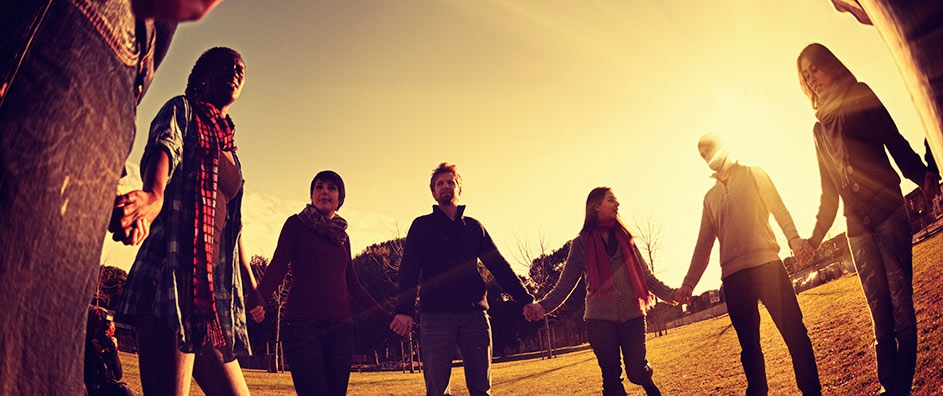
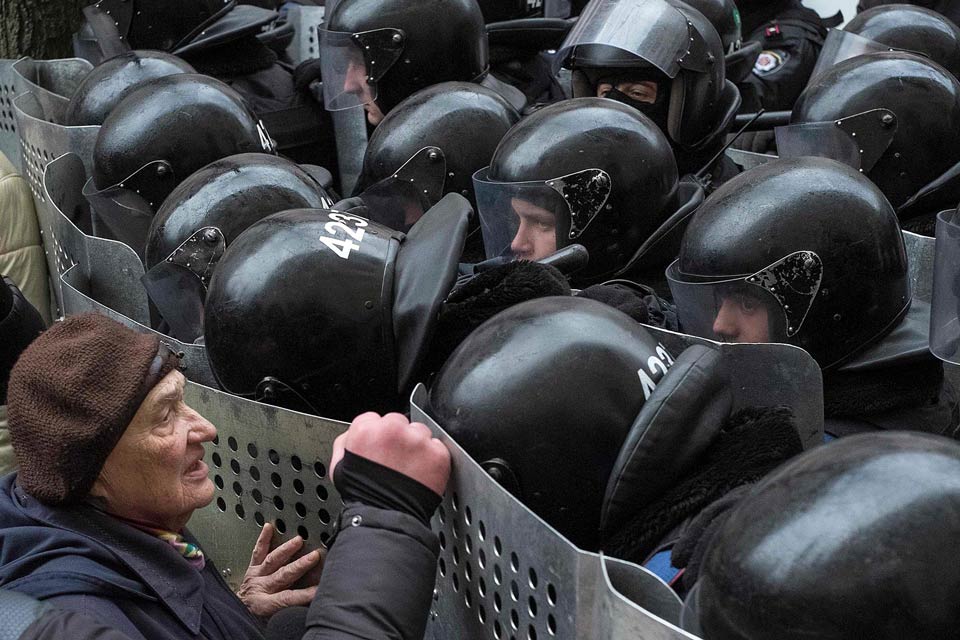



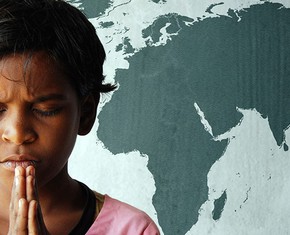


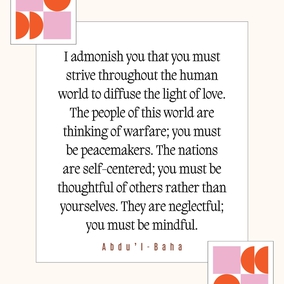
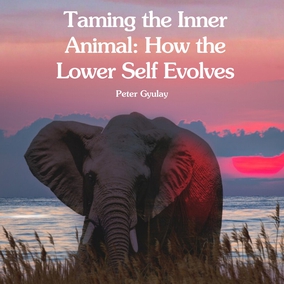

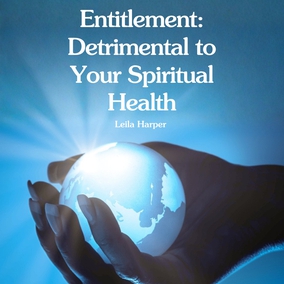
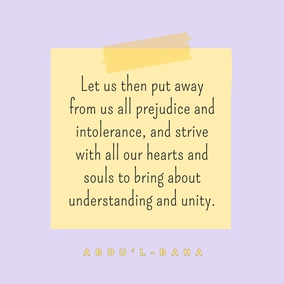
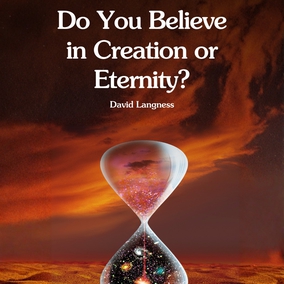

Comments
Sign in or create an account
Continue with Googleor